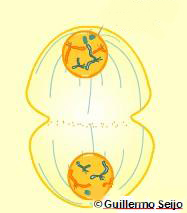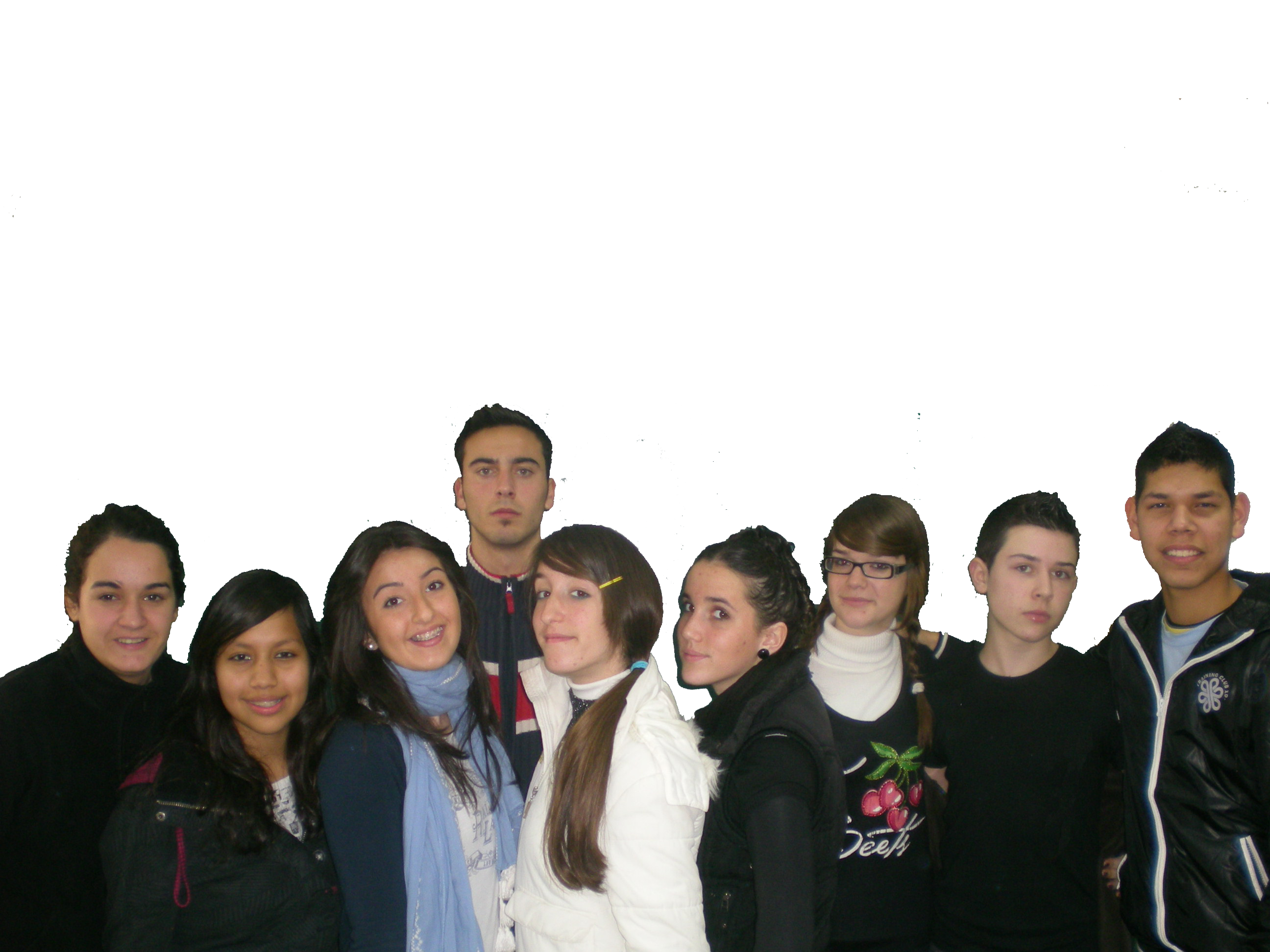OBJETIVES:
1.- Study cell division in sto observe the mitosis through micromatic cells.
2.- Learn the methods oscope.
3.- Recognize the four main phases of mitosis.
CONTENTS:
- The process of cell division: mitosis and cytokinesis
- Mitosis phases: prophase, metaphase, anaphase and telophase.
- The chromosomes as hereditary physic unit.
-Preparation of meristematic subapex tissul.
MATERIALS:
-Onion bulb
-slides
-Coverslips
-Petri´s plate
-Forceps
-Dissecting needles
-Pipettes
-Bunsen burner
-Filter paper
-Absorbent paper
-Distilled water
-Orcein A
METHODS:
1º Some day before we keep an
onion bulb over a full glass of tap
water, keeping the bulb roots in
contact with water.
2º Then, we cut one rootlet at the
base and put it on the petri´s plate.
3º We eliminate the two
millimiters from the apex to
remove the cap.
4º We cut very thin sheets,
we wash with distilled water
to remove the residual
tissue
5º We place the cuts into the
Petri´s plate which we have
added a few millilites, of
Orcein A. We let stain for:
10 minutes.
6º We heat the watch glass in the
burner flame without boiling. If the
preparation is dried we add droplets
of Orcein A.
7ºWe placed the sample
with the tweezers on
the slide and add a few
drops of Orcein A
8º Cover with a
coversilp and press
the preparation
with filter paper.
9º Observe under the microscope,
starting with low magnification
and then use larger lens.
10º Identify the various
stages that characterize
the cell division and the
mitosis.

1 Match columns A and B, name and order each sentences.








2 Why is the purpose of using A orcein in our experiment?
To answer these questions go to this webpage: www.cellsalive.com
3 Where are chromosomes placed during methapase?
4 How many daugther cells originate?
5 In which phase do chromatids and chromosomes get a part?
6 How many chromatids have chromosomes during the prophase?
